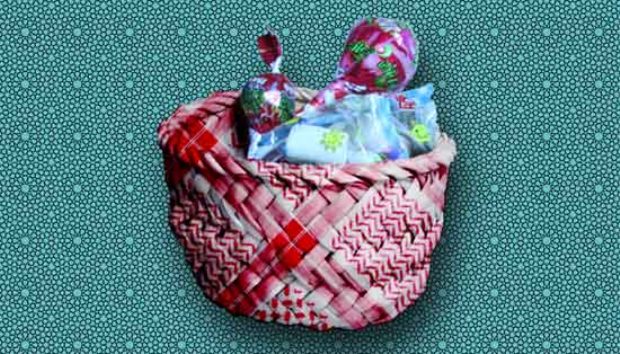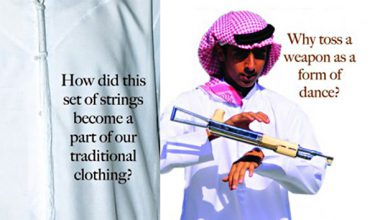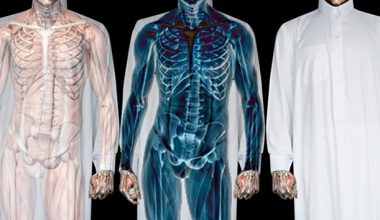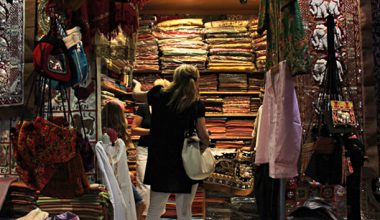
All GCC Countries celebrate “Gergi’an.” The main idea of this festivity doesn’t change across the Gulf – it still is a festival aimed for kids who go from house to house singing a “Gergi’an” specific song and collect treats; basically a Khaleeji Halloween sans the scary costumes but with traditonal clothes. It’s only the name, and some minor details that differ when observed across the Gulf. Ever wondered how the different countries in the Gulf celebrate this festival? We’ll tell you how.
In Kuwait, we call it “Gergi’an.” Kids parade around the block dressed in traditional costumes, knocking on doors asking for treats. Homeowners would tell them who to sing for, since the song is similar to a little prayer of health and prosperity. Our song goes like this “Gergi’an o Gergi’an. Bayt Isqayir Wirmaythan. Adat Alaykowm Siyaam. Kill Sinna o Kill Amm. Allah Iykhalee (insert name), Allah Iykhalee Oma. Asa Al Baga’a Mat’khowma Wala Itwasee Ala Owma.”
In Bahrain, however, it is called “Garga’on.” Previously, children used to have someone perform “Feraisa”- a dance that involves a costume-clad dancer resembling a horse who dances to the beats of drums. Presently, many changes have been introduced to this simple traditional celebration. Rich families substituted the habit of going around neighborhoods with a party sparing children the walk. Children gather at those parties to receive their “Garga’on” in fancy dainty packaging following a feraisa performance.
In Qatar, it is called “Garanga’o.” A decade ago, the kids would dress up in jalabeyas, festooned with traditional gold jewelry and go out in the fereej, from one house to the other to get the nuts and sweets, singing the garanga3o songs – “Garanga’o Gargaa’o, Atonaa Allah Ya’teekm, Bayt Makkah Ywdeekom.” Now it’s mostly done by foreigners, and is not as popular.
In the UAE, Abu Dhabi to be specific, it’s called “Hag el Leila.” It’s celebrated in the middle of Sha’ban (the holy month before Ramadan). Children gather around wearing traditional clothes following an adult that leads them with a drum (tabil) as they sing “Garga’ Garga’ Gergi’aaan, Bait Egsayer, Wermaithan” and “Atonaa Allah Ya’teekm, Beet Makka Ywdeekm.” The houses prepare sweets and candy for the children, and treat the young singers. It is not celebrated in all the areas and the tradition has almost completely died out in the UAE.
In Saudi Arabia, it is also called “Gergi’an.” However, certain regions celebrate it in different ways. In Riyadh, for example, some families would have the children gather at a farm (ester’aha) to play games and get the traditional nuts-and-sweets combination. Other families would allow their children to go from door to door singing for candy. In Khobar and Jeddah, they celebrate it more publicly; it would take place in chalets and malls. They all hand out candy in gift-wraps specially designed for the month of Ramadhan. The song chanted is similar to that of Kuwait and the UAE.
Finally – in Oman, it’s called “Elgarangasho” or “Elgargashan.” After sundown, the kids gather in the hara, and together they go from door to door, singing “Garangasho Yu Nas, A’tona Shwaya Halawa, Dos Dos Fel Mandoos, Hara Hara Fel Sahara” in hopes of collecting as much sweets and nuts, or Rials if possible. The festivities continue on until the middle of the night, after which the kids compare their goodies.
– Image: K. Al-Thani http://www.flickr.com/photos/k-althani-photos/
By: Nourah Al-Shammari
Originally Published in September 2009







